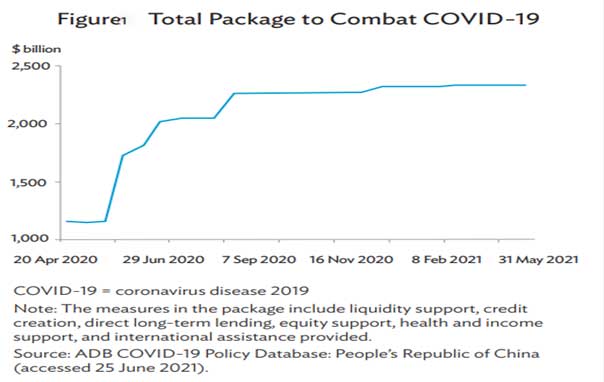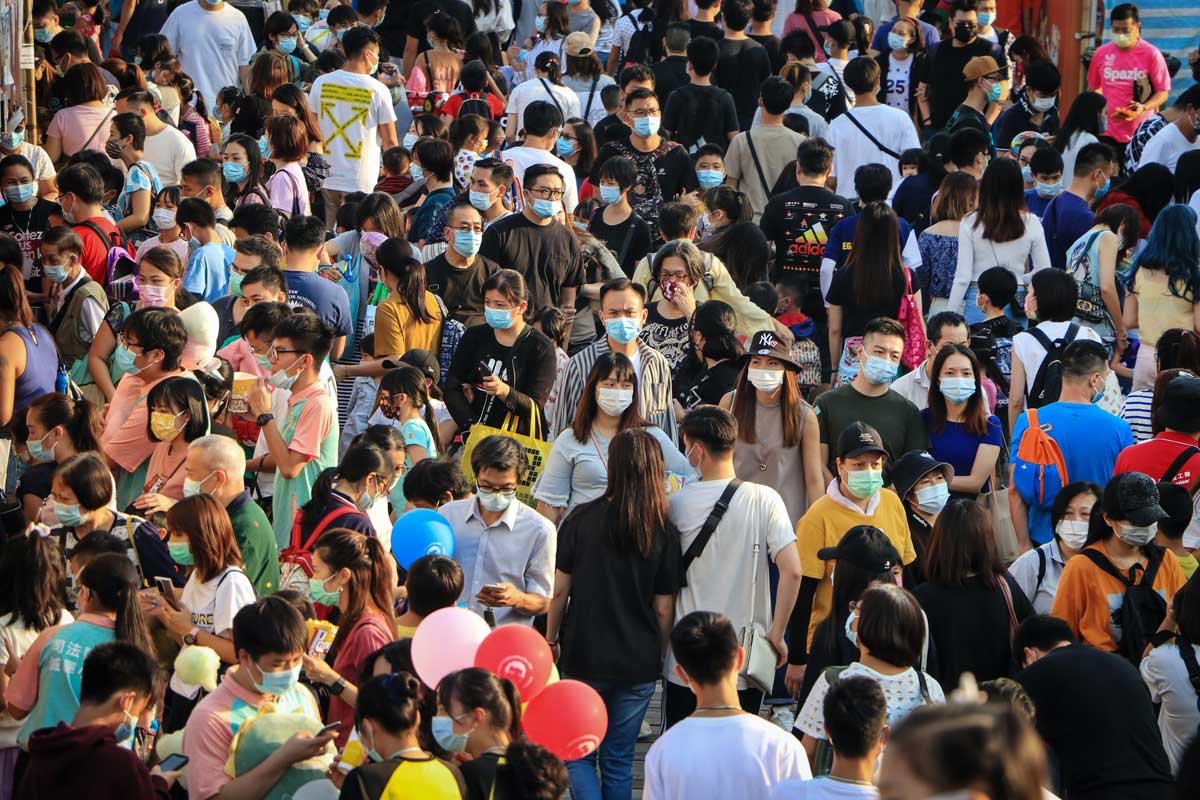The purpose of this case is to enlightens the readers how policies of a country work which freed it restrictive economy, Good economical performance during covid: Policies and its impact (Case of China)
As we are familiar with the corona virus as it emerges in 2020 and it shakes the world in every aspect. Economically it shatters the world well enough that according to brookings the recession from the covid 19 is the world deepest recession after the world war 2. It lowers the world economy by 3.4 percent. World economy face more than 90% global contraction in gdp per capita as the whole world went under the lockdown. Trade of goods between the countries fell drastically due to covid restrictions, global remittances flow reduces
the COVID-19 pandemic has drastically posed challenges for supply chains world wide . Multiple national lockdowns continue to lessens or even temporarily stop the flow of raw materials and finished goods, altering manufacturing results towards decline. But some of the countries perform well in covid times i.e covid did not effect their economy well enough so in the paper will discuss these countries strategies and policies through which they seek some shelter under covid times. Forecast modifications for growth are less severe in nations whose governments are managing the epidemic more successfully countries having dysfunctional governments.
Early retaliation for covid-19
COVID-19 has an impact on every nation. As a result, all governments have responded to the pandemic by enforcing some kind of required social seclusion. The efficacies of the actions adopted vary, though, because governments may have reacted either too late and timidly or too early and aggressively. This is hardly unexpected given the difficulties countries encountered in reacting to the corona virus outbreak. First of all, they had no idea how quickly the virus was spreading, how many individuals it had infected, or how high the eventual mortality rate would be. Second, scientists were unsure of the extent to which voluntary social isolation would be effective in containing the epidemic such that people would tolerate the accompanying death rate, As a result, they were unwilling to impose limits, even if government-imposed measures may have more effectively produced the amount of social separation required to solve the situation.
There are certain countries that recover early from covid economically and get back on track and the most prominent country is China. So in this case we mainly focus on China’s policies that help them out to get rid of corona virus
Chinese response that aided in recovery
The pandemic-control strategies implemented by the city of Wuhan in late January 2020 limited the spread of the infectious outbreak across the country. A complete city lockdown was implemented, and 95% of the capacity was reached by the transportation, telecommunication, and power systems.

From the above graph, we can easily observe how well China controls the increasing level of covid spread.
Secondly, both the control of the outbreak and the restoration of the economy relied heavily on digital technologies. The communist government quickly created health QR codes to identify patients. high-risk people and track verified cases’ close contacts Different types of movement limitations were implemented groupings based on their QR codes for health .The country also made use of using big data to increase the efficiency of epidemiological studies this enabled individuals to keep track of their personal risk levels Moreover, Contactless services were commonly provided using digital technologies. Telemedicine, online schooling, e-commerce, meal delivery, and other similar services as well as remote working.
Policy Initiatives and Financial Assistance
To lessen the negative effects of COVID-19 on the economy, the communist government announced targeted fiscal and monetary stimulus programmes in February 2020 that were expected to total $2.3 trillion or 16.1% of GDP by the end of May 2021. A variety of special policies were implemented to help micro, small, and medium-sized businesses (MSMEs) keep jobs while lowering operational costs through expanded access to finance at more reasonable rates.

Fiscal stimulus to the economy was multifaceted. It included tax breaks and exemptions from social security contributions, funding for infrastructure expansion, industry-specific initiatives, and consumer subsidies. Relief from taxes was the focus. For instance, businesses engaged in the prevention and management of epidemics received tax benefits. Small-scale taxpayers and disadvantaged sectors had their value-added tax exemptions or reductions, qualifying businesses were permitted to postpone making their tax payments, and social security obligations were temporarily excused.
In order to increase credit availability and lower real economy financing costs, monetary policy was implemented. A number of actions were taken, such as lowering interest rates, expanding non-interest rate instruments, and loosening some financial restrictions. The strategy worked well in promoting credit expansion and reducing the damaging effects of COVID-19 on the economy. Interbank short-term rates decreased as lending to the actual economy rose. The total social finance outstanding a wide measure of credit-will have increased by 13.3% by the end of 2020 as opposed to 10.7% a year earlier. In order to promote particular industries and businesses, the central bank increased non-interest rate instruments.
Beijing has received ample praise both domestically and internationally for their quick moves. The Chinese government sets an example for the rest of the world by responding to the epidemic in a transparent, proactive, brave, and technologically suitable manner while also bolstering public-private partnerships. Mr. Xi Jinping claims that China has managed the pandemic, begun to manage economic and social growth, and done its best to lessen the pandemic’s effects.


